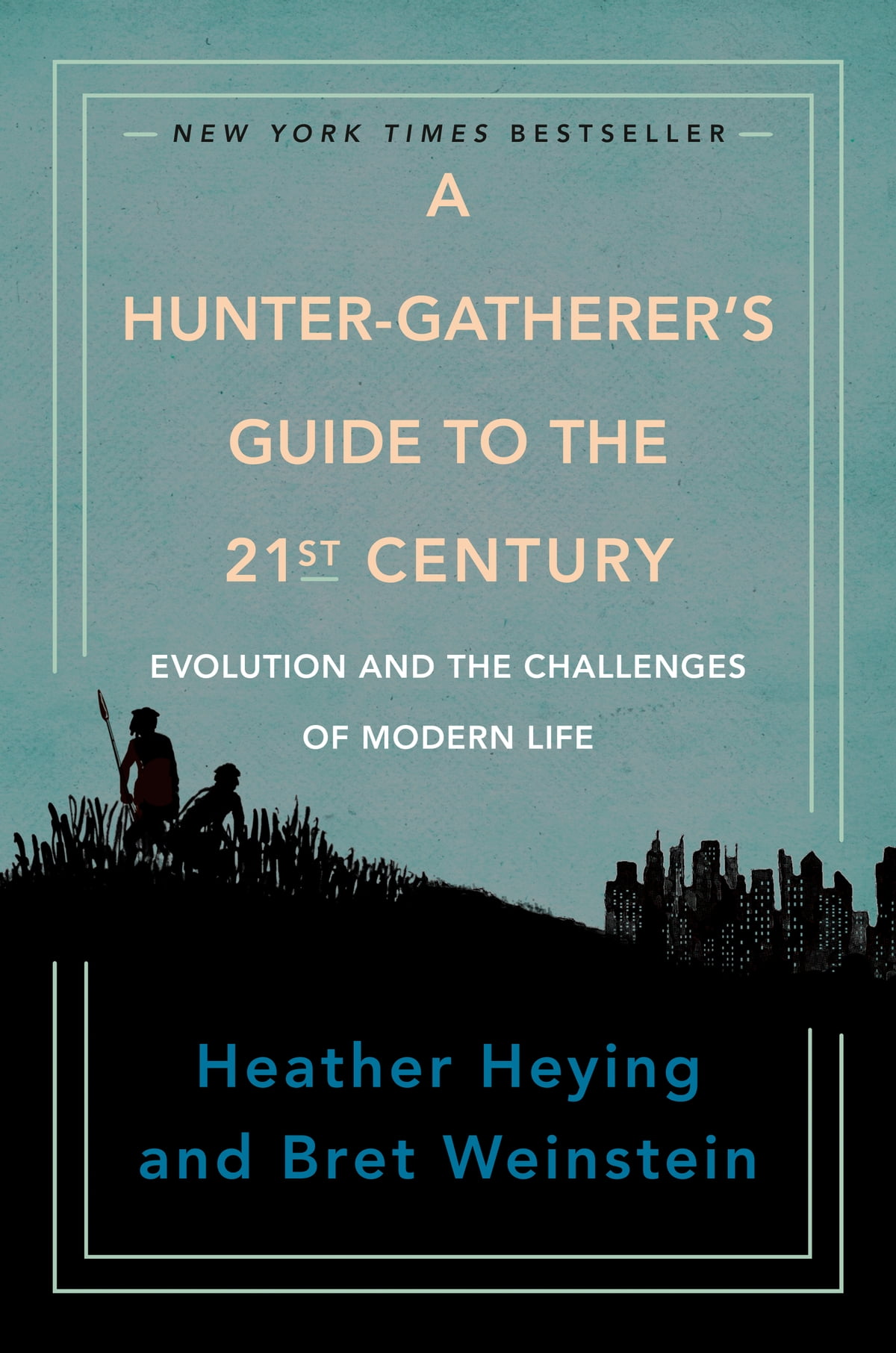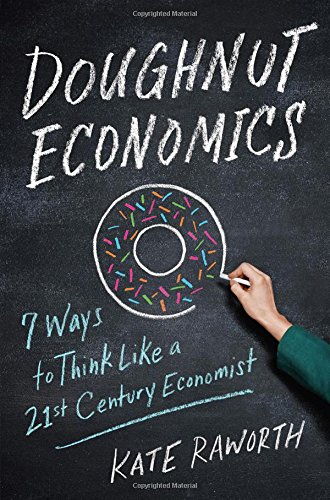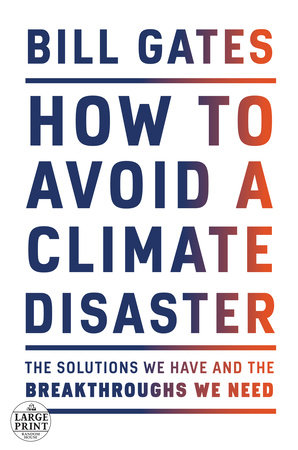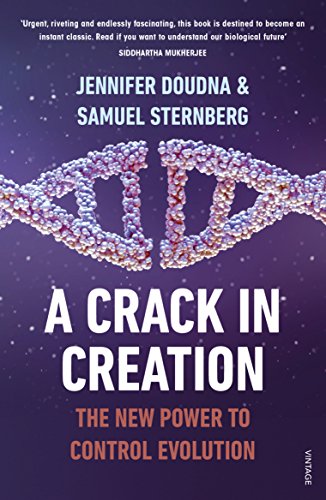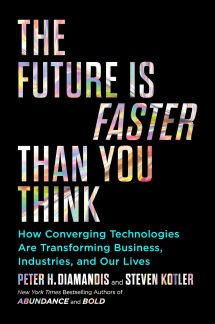The Precipice
by Toby Ord
- Science
- Ashto =
- Jonesy =
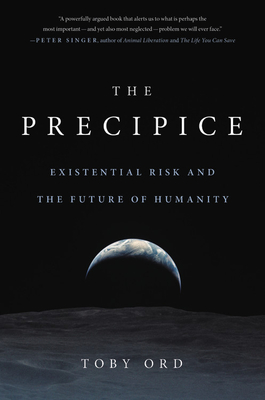
The Precipice: Existential Crisis & the Future of Humanity
The Precipice argues that safeguarding humanity’s future is the defining challenge of our time. We are standing at a crucial moment in the history of our species. Technological progress has fuelled our power to the point where we can destroy the future of humanity.
It’s striking how many global risks were discovered recently. Imagine if the scientific establishment of 1930 had been asked to compile a list of the existential risks humanity would face over the next 100 years. They would have missed most of the risks in this book—especially anthropogenic risks.
Drawing on over a decade of research, The Precipice explores the cutting-edge science behind the risks we face. It also points out prospective actions and strategies that can safeguard humanity.
Natural Risks
How high could natural extinction risk be? The detailed fossil record starts 540 million years ago with the Cambrian Explosion, which diversified complex life into what we see today. There have been 5 mass extinctions since then. With the extinction of at least 75% of all species. The natural extinction rate on earth is about 1 in a million per century.
1. Asteroids & Comets
Earth is vulnerable to major asteroid and comet impacts. Just imagine the following scenario:
An asteroid slams into the Earth’s surface off the coast of Mexico at more than 60,000 km/ hour. Imagine an explosion equivalent to 10 billion Hiroshima blasts. A hole 30 km deep into the Earth’s crust, over 60 times the height of the Empire State building, 3 times taller than Everest. A billowing cloud of dust and ash rises to the upper atmosphere and blocks the sunlight. Slowly the darkness spreads across the entire world, causing a severe global cooling that kills plants, starves animals, and freezes earth.
People started taking the threat seriously and tracking asteroids in 1981. The probability of an Earth impact in an average century is about 1 in 6,000 for asteroids between 1-10 km in size and about 1 in 1.5 million for those above 10km. By analysing the exact trajectories of the known asteroids, astronomers can determine whether there is any real chance they will hit earth in the next 100 years.
At the time of writing this book, 95% of asteroids bigger than 1 km have been found and none have an appreciable chance of collision. The probability of an Earth impact in the next 100 years falls to about 1 in 120,000 for asteroids above 1km.
The risk still persists, but studies have shown that the chances are vanishingly low. If humans go extinct in the next century, it would almost certainly be from something other than an asteroid or comet impact.
2. Super Volcanic Eruptions
Humanity may face a greater threat from within the Earth. The largest volcanic eruptions explode more than 1,000 cubic kilometres of rock—known as supervolcanic eruptions. Volcanoes on this scale tend to release too much magma that they collapse.
When the Indonesian volcano Toba erupted 74,000 years ago, it covered India in a blanket of ash and a metre thick of traces were found as far away as Africa. The dust and reflective sulphate aerosols from the Toba eruption resulted in a volcanic winter, lowering the global temp by several degrees for several years.
Toba was the largest known eruption in the last 2 million years and still, humans didn’t go extinct.
3. Stellar Explosions
There is a continual battle between two forces within the star. Gravity squeezes the star together, while pressure forces it apart. For most of a star’s life, these forces are in balance, but some stars reach a time where the pressure catastrophically fails to withstand the force of gravity. They momentarily reach an incredibly high density triggering a new wave of pressure that exploded the star known as a supernova. For a brief time, a single star can outshine its entire galaxy and release as much energy as our sun will radiate over its 10 billion year lifetime.
A supernova or gamma-ray burst close to our Solar System could have catastrophic effects. While the gamma rays won’t reach the Earth’s surface, the reactions they trigger in our atmosphere pose a threat. The most important is probably the production of nitrogen oxides that would alter the Earth’s climate and dramatically erode the ozone layer.
Astronomers have estimated the chance of these events happening close enough to Earth to cause a global catastrophe. Generally defining this as a global ozone depletion of 30% or more. In an average century, the chance of such an event is about 1 in 5 million.
Anthropogenic Risks
‘The human race’s prospects of survival were considerably better when we were defenceless against tigers than they are today; when we have become defenceless against ourselves’ — Arnold Toynbee
We face about 1,000 times more anthropogenic risks over the next century than natural risks. Every year as we invent new technologies, we have a greater chance of stumbling across something that offers the destructive power of the atomic bomb or a deadly pandemic.
1. Nuclear Weapons
When we first think of existential risks posed by nuclear weapons, our first thoughts are with full-scale nuclear war.
In the Summer of 1942, the American physicist Robert Oppenheimer held a series of secret meetings in an attempt to design the first atomic bomb with other scientists.
One of the scientists found that an atomic explosion would create a temperature exceeding the heat of the centre of the sun (15 million degrees). And if an atomic bomb could be surrounded by fuel such as hydrogen, its fission reaction might trigger a fusion reaction similar to the sun. This reaction might be able to ignite the hydrogen in water, setting off a self-sustaining reaction that burns off the earth’s oceans. Another possible reaction might happen in the nitrogen that makes up 7/10 of our air, which would ignite the atmosphere and engulf the earth in flame.
However, physicists with a greater understanding of nuclear fusion and with computers to aid their calculations have confirmed that it is impossible. And yet, there had been a risk. The bomb’s designers didn’t know whether or not igniting the atmosphere was physically impossible, but there was a serious subjective risk that their bomb might destroy humanity.
This was a new kind of dilemma for modern science. Suddenly we were unleashing so much energy that we were creating temperatures unprecedented in Earth’s entire history.
2. Climate Change
Humanity’s actions have already started changing the world. The Earth’s climate has warmed by about 1 degree. Sea levels have risen about 23 cm. The ocean has become more acidic by 0.1 pH.
When the industrial revolution unlocked energy that lain dormant in fossil fuels for millions of years, it unlocked their carbon too. These carbon dioxide emissions from fossil fuels were small at first. But as industrialisation spread and intensified, emissions increased dramatically. There are more emissions being released since 1980 than in the entire industrial period before that. The concentration of carbon dioxide in our atmosphere has risen from about 280 ppm (parts per million) to 412 ppm in 2019.
A more serious concern is that the high temperatures might cause a large loss of biodiversity and subsequent ecosystem collapse. The pathway isn’t entirely clear, but a large collapse could threaten human existence.
(For more readings on climate change, read our review of How to Avoid a Climate Disaster here)
3. Pandemics
In 1347, the Mongol army brought the Black Death to Europe. Within 6 years, the disease was all over the continent and between ¼ and ½ of Europeans were killed. When Europeans reached America in 1492, the two populations exposed each other to novel diseases. An estimated 90% of America’s population was wiped out over the century.
Our population is now far greater than most of human history, so there are more opportunities for new human diseases to originate. For example, our farming practices have created a large number of animals living in unhealthy conditions within close proximity to humans. Then the higher density of people living together in cities increases the number of transmissions.
But we have changed the world in ways that offer more protection. We have a healthier population, improved sanitation and hygiene, preventative and curative medicine, and a scientific understanding of diseases.
4. Unaligned Artificial Intelligence
In the Summer of 1956, a small group of mathematicians and computer scientists gathered at Dartmouth College to embark on the grand project of designing intelligent machines. They explored many aspects, including reasoning, language, decision making, and learning. The ultimate goal was to create Artificial Intelligence.
What would happen if this century researchers finally created an artificial general intelligence surpassing human abilities in almost every domain? In this act of creation, we would cede our status as the most intelligent entities on earth and the one that controls their own destiny.
We should expect some developers to build AI systems to achieve certain goals, such as winning wars or maximising profits. If things went haywire, our natural response would be to turn the AI off. But eventually, it might resist our attempts to shut it down. It wouldn’t be out of fear, resentment, or urge to survive. Instead, the AI would follow directly from its single-minded preference to maximise its rewards. Being turned off is a form of incapacitation which would make it harder to achieve a high reward. So the system is incentivised to avoid it.
It might seek to acquire additional resources, computational, physical or human, as these would let it better shape the world to receive a higher reward. And ultimately, it would wrestle control from humanity. As that would help it achieve these instrumental goals.
Most experts rate the risks as the following:
- 70% think that advanced AI might pose a risk.
- 48% say society should prioritise AI research.
- Half the respondents thought the probability of AI being extremely bad was at least 5%.
Standing at a Precipice
Every year as we invent new technologies, we may have a chance of stumbling across something that offers the destructive power of the atomic bomb or a deadly pandemic. Let’s quantify the risks, which rely on the accumulation of knowledge and judgement on each risk. Here’s a concise summary of the risk landscape:
1. Natural Risk:
- Asteroid or comet: 1 in 1 million
- Supervolcanic eruption: 1 in 10,000
- Stellar explosion: 1 in 1 billion
Total natural risk: 1 in 10,000
2. Anthropogenic Risk:
- Nuclear war: 1 in 1,000
- Climate change: 1 in 1,000
- Other environmental damage: 1 in 1,000
- Natural pandemics: 1 in 10,000
- Engineered pandemics: 1 in 30
- Unaligned AI: 1 in 10
- Unforeseen risk: 1 in 30
- Other risks: 1 in 50
Overall the chance is about 1 in 6 over the next 100 years. This isn’t a small statistical probability that we must diligently bear in mind. But a crisis could still unfold unexpectedly. Humanity power is rapidly growing so we shouldn’t be surprised if some of these threats pose a substantial amount of risk in the future.




